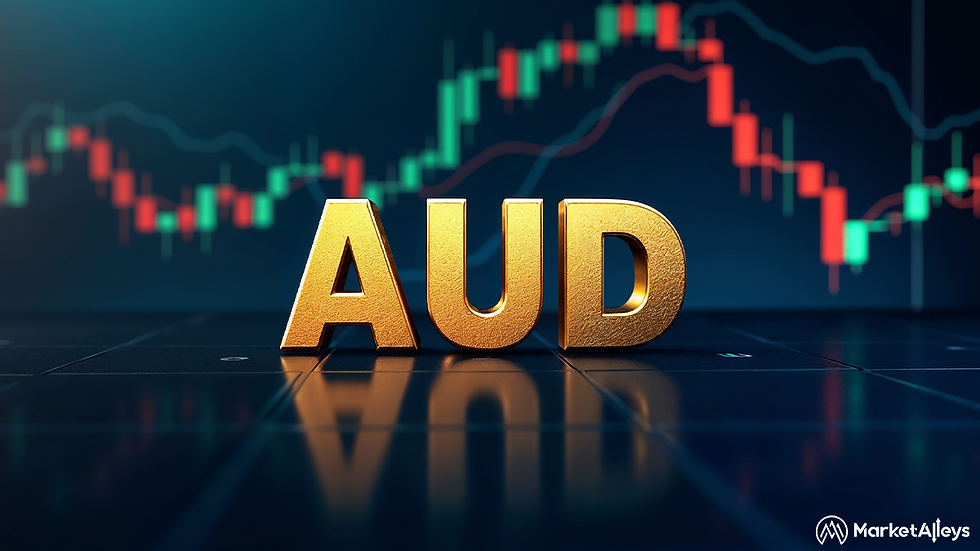Australian Dollar Forecast: AUD Struggles Amid Global Uncertainty
- itay5873
- 1 day ago
- 2 min read
Introduction
The Australian Dollar (AUD) has faced increased pressure in recent weeks, driven by global risk sentiment, commodity price volatility, and expectations around interest rates. Traders and investors are closely watching how the currency will perform as economic data and central bank decisions shape market direction.

Key Takeaways
The Australian Dollar remains sensitive to global risk trends and commodity price shifts.
RBA policy stance will continue to guide AUD’s medium-term outlook.
The USD strength is likely to weigh on AUD in the near term.
The Current State of the Australian Dollar
The Australian Dollar has seen mixed performance, reflecting uncertainty in global markets. Recent volatility in commodity prices, particularly iron ore and energy, has limited the upside potential of the AUD. Meanwhile, the US Dollar has remained strong as investors seek safe-haven assets, adding further pressure.
Role of the Reserve Bank of Australia (RBA)
The Reserve Bank of Australia remains central to the currency’s direction. Markets expect the RBA to maintain a cautious stance, balancing inflation control with economic growth concerns. Any indication of rate cuts or dovish guidance could trigger further weakness in AUD, while a hawkish surprise may provide short-term support.
Global Factors Driving AUD/USD
Beyond domestic policy, global risk appetite plays a critical role. Equity market performance, geopolitical tensions, and China’s economic outlook all influence the Australian Dollar. With China being Australia’s largest trading partner, any slowdown in Chinese demand directly impacts AUD strength.
Conclusion
The Australian Dollar is at a crossroads, caught between domestic monetary policy and external pressures. While near-term risks lean toward further downside, shifts in global sentiment or a stronger-than-expected RBA stance could provide relief. For now, AUD traders should stay alert to economic data, central bank signals, and global risk trends.










Comments